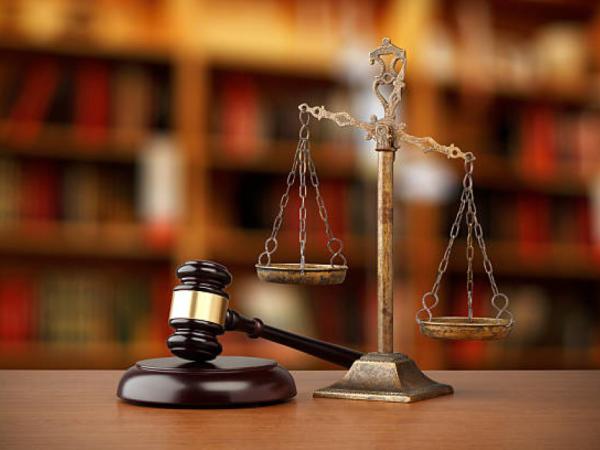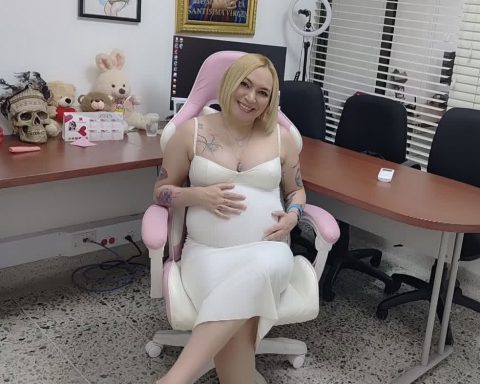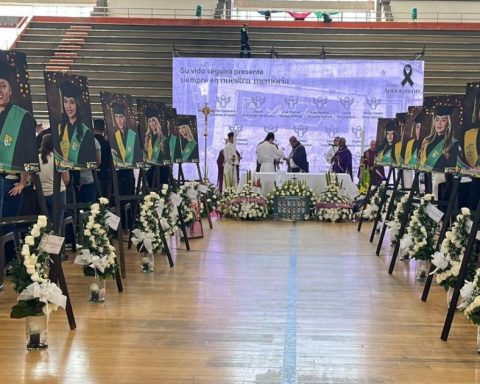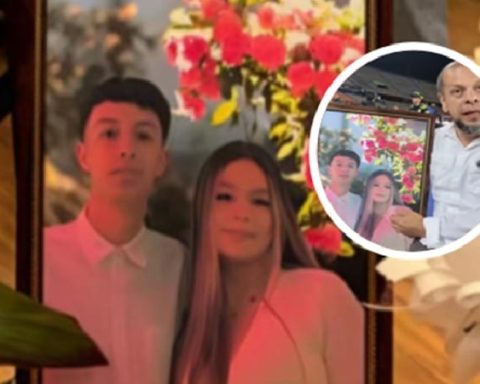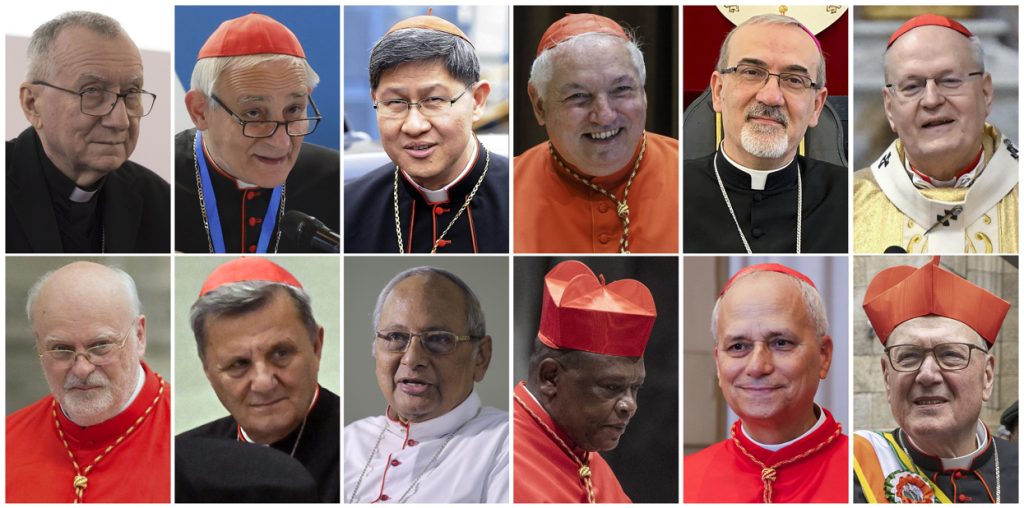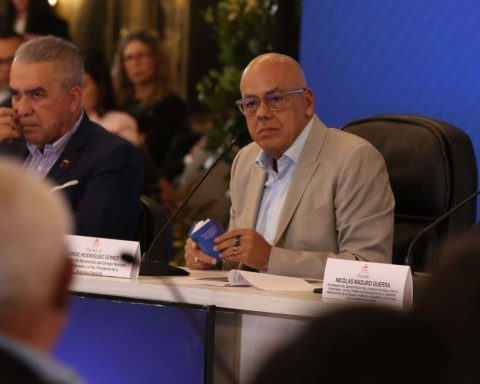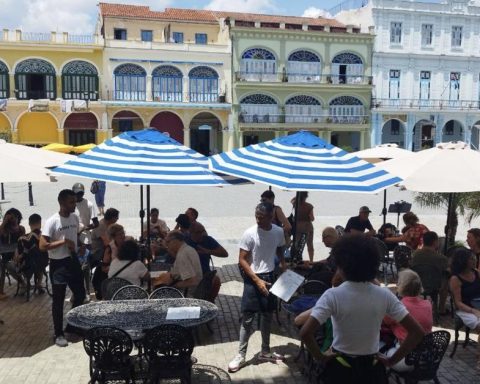Each year, thousands of Colombians go to the guardianship action as a rapid mechanism to stop the violation of their fundamental rights. They use it to demand medical care, claim pensions, prevent evictions or safeguard the right to due process.
(Read more: IMF dropped to 2.8% growth projection for the world economy by Trump tariffs)
However, this tool, enshrined in article 86 of the 1991 Constitution, was designed as a subsidiary and exceptional route, not as the first judicial option.
“Guardianship is an effective and agile tool to protect fundamental rights, but should not replace ordinary judicial processes,” Bladimir Alzate Estrada, partner of the firm Alzate Abogados. The jurist emphasizes that his origin is conditioned: “It is only admitted when there is no other means of judicial defense, unless used as a transitory mechanism to avoid irremediable damage, and provided there is a violation or threat by action or omission of a public authority.”
Justice
When does the guardianship action proceed?
The Constitutional Court has reiterated that the guardianship must be the last resort. You can only interpose if There is no other legal route or if, existing, this is not sufficiently effective or ideal to protect the fundamental right at risk. Using it can unduly saturate the judicial system and denaturalize its original purpose.
Although in principle it is designed to act against decisions or omissions of state entities, it can also be directed against individuals in certain cases. This is explained by Alzate:
“It proceeds when individuals provide a public service, when their activity seriously and unjustified a collective interest or when there is a relationship of helplessness or subordination between the parties.”
Jorge Valderrama López, professor of the Faculty of Legal Sciences and the Legal Office of the Javeriana University, clarifies that guardianship can also be used as a transitory measure to avoid serious and imminent damage.
“This occurs when there is a certain, serious and high probability risk of materializing on fundamental rights, which makes the intervention of the judge urgently and urgently”precise.
Valderrama also emphasizes that its admission is subject to three essential conditions:
– Existence of a specific threat or violation of a fundamental right.
– Absence of another effective judicial mechanism, or that the available is insufficient for the required protection.
– INTERPOSITION within a reasonable time, according to the principle of immediacy.
The guardianship action is not appropriate in all circumstances. For example, it is not admitted against judicial decisions, except in very exceptional scenarios defined by constitutional jurisprudence.
Nor can it be used for the defense of collective rights, nor against administrative acts of a general, impersonal or abstract nature.
“In addition, guardianship is not the right mechanism to obtain economic repairs or compensation, since for this there are ordinary processes of civil or contentious justice,” Valderrama adds.
(Read more: United States Government questions results from the Colombian total peace policy)

Justice
How to present a guardianship?
To file a guardianship, a letter addressed to a constitutional judge of the place where the events occurred, pointing out:
– The fundamental right violated or threatened.
– The facts that support the petition.
– The name and address of the defendant.
– A clear application for protection.
– The evidence that supports the action.
“An email or means of contact of the actuated must also be indicated, since the entire procedure, including notification, is usually done by electronic means”Precise Alzate.
Once filed, the judge analyzes whether the application admits. If he does, he transferred to the active, who has 24 hours to answer and provide evidence. Then, The judge has a maximum of ten business days To issue a failure, in which he grants or denies the requested amparo.
On the effects and its compliance, the guardianship judgment orders the immediate protection of the fundamental right violated and orders the legal representative or legal representative to fulfill the order to remedy or cease the right violated immediately or grants a few days.
In some cases, The guardianship sentence can order the repair of the damage caused by the violation of the fundamental right.
In any case, the proper use of the guardianship action guarantees not only the timely protection of fundamental rights, but also the balance of the Colombian judicial system.
(Read more: why Minsalud asked to restrict movement of people without yellow fever vaccine)
Portfolio
